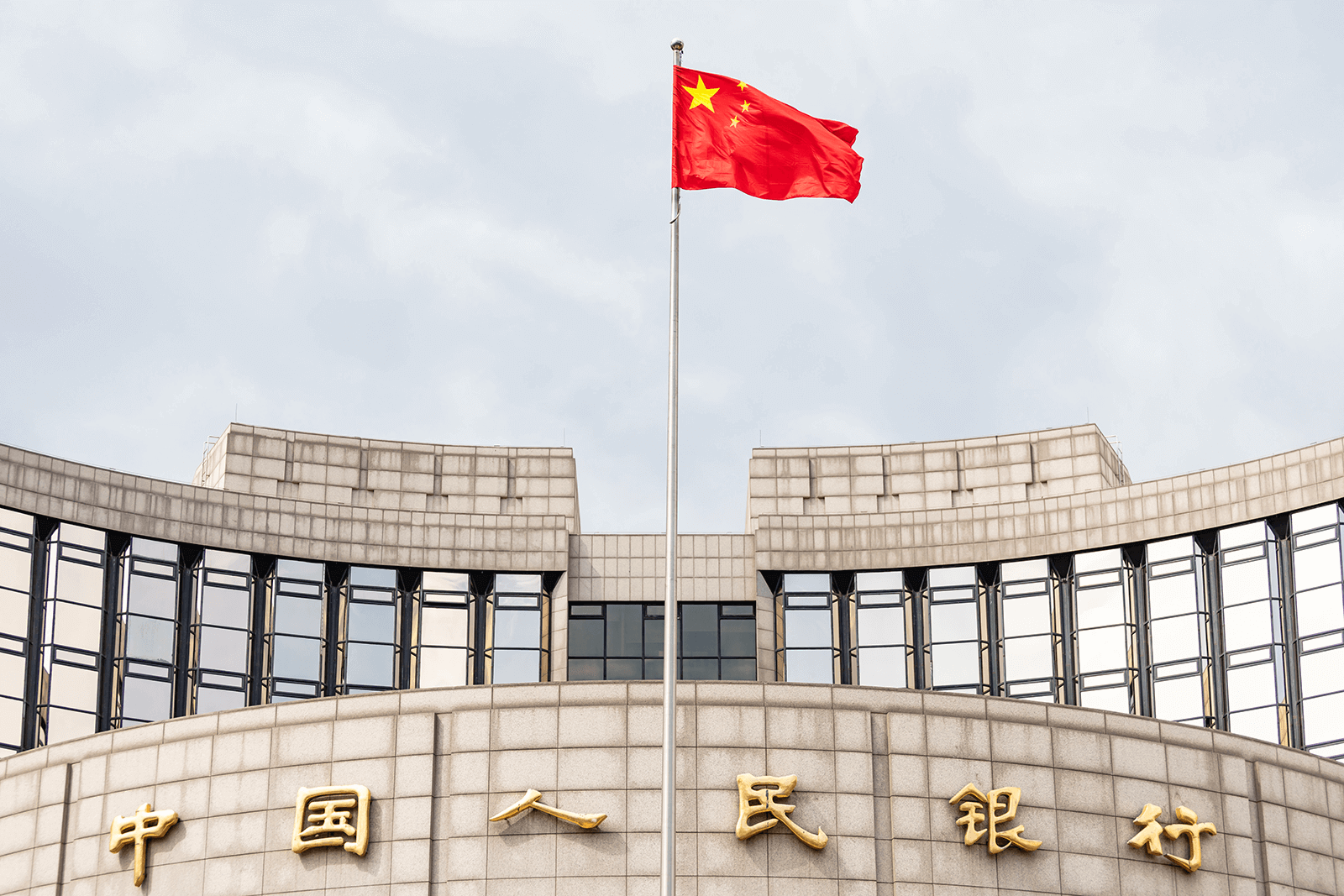As (developed) economies finally find their way out of the Covid tunnel, demand is rapidly outstripping productive capacity – making for the first tangible signs of inflation. Consensus views these price pressures as only temporary, but it may be overlooking other drivers, more structural, to do with the necessary infrastructure renewal and environmental transition. Not to mention the risks of an upward trend in wages.
The bicycle market is symptomatic of the forces at play today. Despite component suppliers’ best efforts (some factories are even already working double shifts, 6 days a week), bike producers often cannot ensure delivery before 2023! Logistical bottlenecks are only compounding the problem. And so, customers with plentiful savings, an urge to splurge as economies reopen and the growing realisation that a greener form of transportation is warranted, are not able to get what they have become so accustomed to in the internet age: immediate satisfaction.
This combination of pandemic-related pent-up demand and longer run environmental/infrastructure spending is pushing up the prices of basic materials. To quote but a few, at the time of writing, WTI crude oil is up 43% year-to-date, copper 27%, aluminium 22% and iron ore 16%. That energy prices top this list, even as the world has finally got moving towards the goal of CO2 neutrality in 2050, may seem paradoxical. The truth of the matter is that the route being taken (e.g. improving building isolation) often makes heavy use of petrochemical products. This, even as activists and financiers are dissuading energy companies from investing in new exploration projects.
The “rising demand meets falling supply” narrative is similar in the mining industry. Replacing the existing car fleet one-to-one with electric models, which is the current trend, would not only require substantial additional electricity generation capacity, but also involve a five-fold increase in copper usage. Yet, the most highly concentrated sections of copper mines have generally already been exploited. In order to simply maintain production levels, larger surfaces will have to be mined. Windmills? They use huge amounts of steel, itself the product of – mined – iron ore and (God forgive us) coal.
In effect, unless major behavioural changes occur, solving the CO2 problem as fast as is now needed (because of starting so late) will create other problems: inflation, mainly, as well as different types of environmental damage. By behavioural changes we mean, for example, a greater acceptance of car sharing. Or the pooling of goods transportation.
And consumers will have to adapt to longer delivery times. The way e-commerce platforms work could change radically as we shift from volume- to price-driven markets. Imagine if, rather than selling an airplane seat or a hotel room for a given price, travel booking websites were to put them up for bidding? What would that mean for inflation, and how would it be taken into account? Scarcity, inflation, inequality: all ingredients for public discontent, with social media amplifying the anger and possibly channelling it into a new movement. This could result in labour to participate again, by way of wage increases, in the process of value creation like in the 60’s and 70’s of the past century. But this time probably without the trade unions at the steering wheel.
But do not get us wrong: however challenging and unpredictable the future may be, it also presents great investment opportunities. The infrastructure upgrade and environmental revolution that is just beginning could bring about a “roaring 2020s” decade, with companies active in sectors as various as offshore windmills, electric cars or semiconductors standing to benefit, as well as those, more generally, that enjoy pricing power.
In portfolios, such names merit a place, provided there is substance to their business and valuation is reasonable. More generally, recognising the current degree of complacency in financial markets, in particular as regards inflation, caution demands to keep overall risk exposure within the set limit – trimming positions as stock prices rise – and holding some option protections.
Measuring Inflation
Media headlines – both financial and more mainstream – are full of inflation talk these days. But just how fast are prices really rising? Which categories of products are most impacted? What factors are driving the upmove? And just how exactly is inflation calculated?
While this letter is by no means intended as an economics textbook, we thought that, following decades of disinflation, or even deflation, providing some answers to these “basic” questions might be useful to our readers.
Let us begin with the two best-known measures of inflation: the producer price index (PPI) and the consumer price index (CPI). The former looks at price changes from the perspective of the seller, the latter from the perspective of the buyer. Both are based on a basket of components, whose weights are supposed to reflect their relative importance to the average seller/buyer – and are adjusted periodically.
To accurately measure the change in price of a given component in the CPI basket, the change in its characteristics must also be considered, whether because of seasonal factors or because of innovation. “Hedonic quality adjustment” is one manner of doing this, which is widely believed to have contributed to keeping the CPI rate low during the past two decades of rapid technological progress.
Inflation can be either of the “cost-push” form, whereby the PPI moves first and later spills over to the CPI, or of the “demand-pull” form, whereby final consumption rises faster than the productive capacity. Sometimes – as might indeed be the case today – both forms of inflation occur simultaneously. And if they come to feed on each other, then sets in the infamous “wage-price spiral”.
The latest US CPI release, for the month of April, proved somewhat of a shocker – hence all the media talk. The headline (overall) rate moved up 0.8% over the prior month (vs. 0.2% expectations) and 4.2% on a year-over-year basis (vs. 3.6% expectations). Excluding food and energy prices, generally the most volatile components, the price gains were 0.9% and 3.0% respectively (also well above expectations of 0.3% and 2.3%).
The Federal Reserve, as well as most economists, dismissed concerns about these numbers, even though the monthly rise in core inflation was the largest since 1981, arguing that they incorporate large pandemic-induced base effects (a year ago much of the world was in lockdown, meaning that inflation was “artificially” low). In fact, the US central bank recently changed its policy framework such that 2% inflation be not a limit per se but an average level to be targeted over an extended period. Put differently, it is happy to let inflation rise above 2% for some time, without shifting to a tighter monetary stance. How it can be so confident that the currently observed prices pressures are only transitory is, we must admit, somewhat strange to us.
IMPORTANT INFORMATION
This document has been produced for information purposes only and does not constitute an offer or recommendation to buy or sell any financial instrument. No representation is made that the views expressed herein are suitable for all investors, as they do not take into account individual circumstances or needs. The content of this document is considered to be reliable at the time of writing but Banque Thaler does not guarantee its timeliness, accuracy or completeness. Past performance is also no guarantee of future returns.










